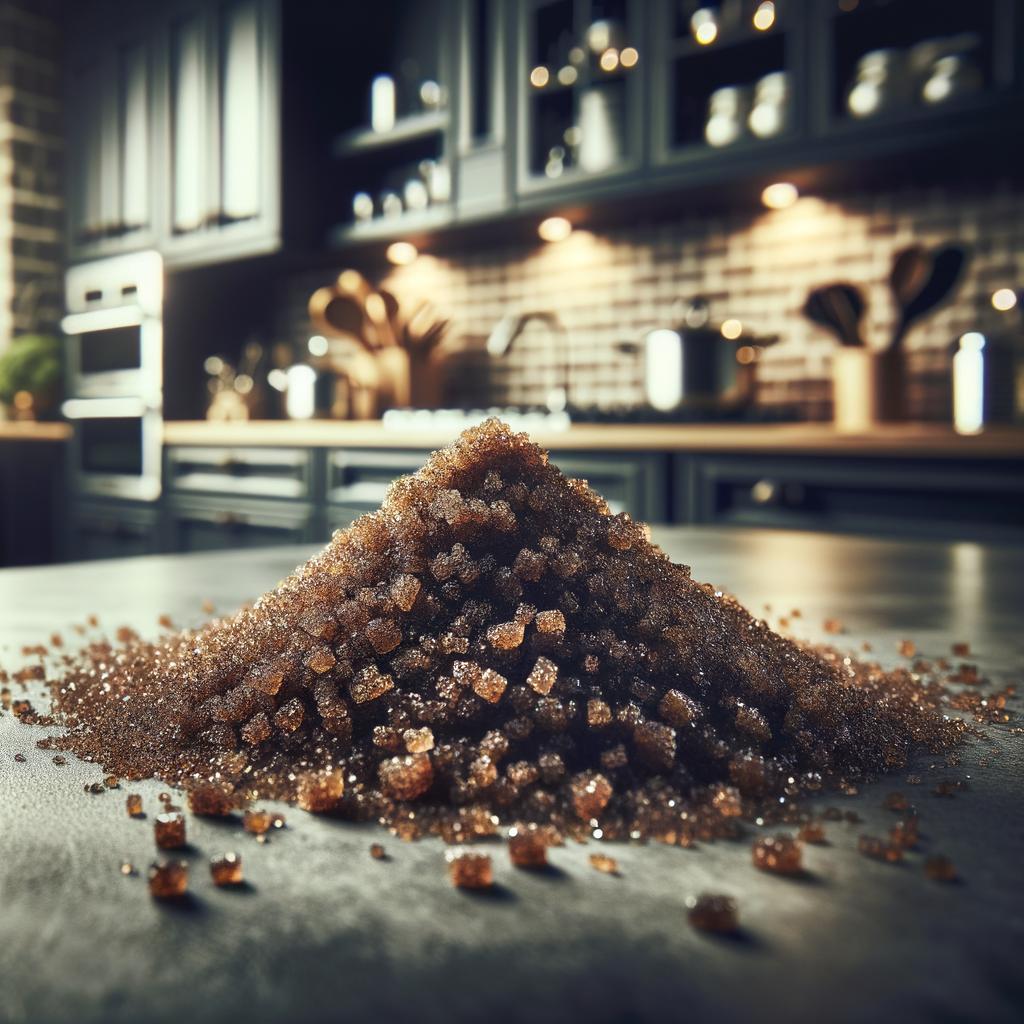Dark Brown Sugar

Description Dark brown sugar, a delightful blend of sugar and molasses, is an ingredient that adds a depth of flavor and richness to any dish. Its appearance is a beautiful dark amber color, reminiscent of autumn leaves or a warm, crackling fireplace. The texture is rich and moist, with a consistency that can be easily packed into a measuring cup. Its flavor profile is a complex medley of sweet and slightly bitter, courtesy of the molasses content. What sets dark brown sugar apart from its counterparts is the higher molasses content, which gives it a deeper, more robust flavor and a moist texture that helps in keeping baked goods soft and chewy.
Primary Uses Dark brown sugar is a versatile ingredient that can be used in a variety of culinary applications. It is commonly used in baking, adding a rich, deep flavor to cookies, cakes, and pastries. It's also a key component in barbecue sauces, marinades, and glazes, lending a sweet, tangy flavor that beautifully complements savory dishes. Dark brown sugar is also used in beverages like hot toddies and mulled wine, adding a layer of warmth and complexity. Outside the culinary world, it is often used in homemade beauty treatments, such as body scrubs, due to its natural exfoliating properties.
History The history of brown sugar dates back to ancient times when it was discovered that boiling cane juice resulted in a sweet residue. However, the process of refining sugar to create the brown sugar we know today wasn't perfected until the 19th century. The romantic aspect of its history lies in its connection to the spice trade routes, where sugar was considered a luxury item and was often used as a form of currency. Over time, the use of brown sugar has evolved, with dark brown sugar gaining popularity for its rich flavor. There's an old wives' tale that suggests keeping a piece of bread in the brown sugar container to keep the sugar from hardening - a testament to its place in kitchen folklore.
Nutritional Information Dark brown sugar is a source of energy providing carbohydrates. It also contains trace amounts of several vitamins and minerals, including calcium and potassium, due to the molasses content. While it is a form of added sugar and should be consumed in moderation, its rich flavor means you often need less of it compared to white sugar. When compared to white sugar, dark brown sugar has a slightly higher nutritional value due to the presence of molasses, which offers small amounts of vitamins and minerals.

